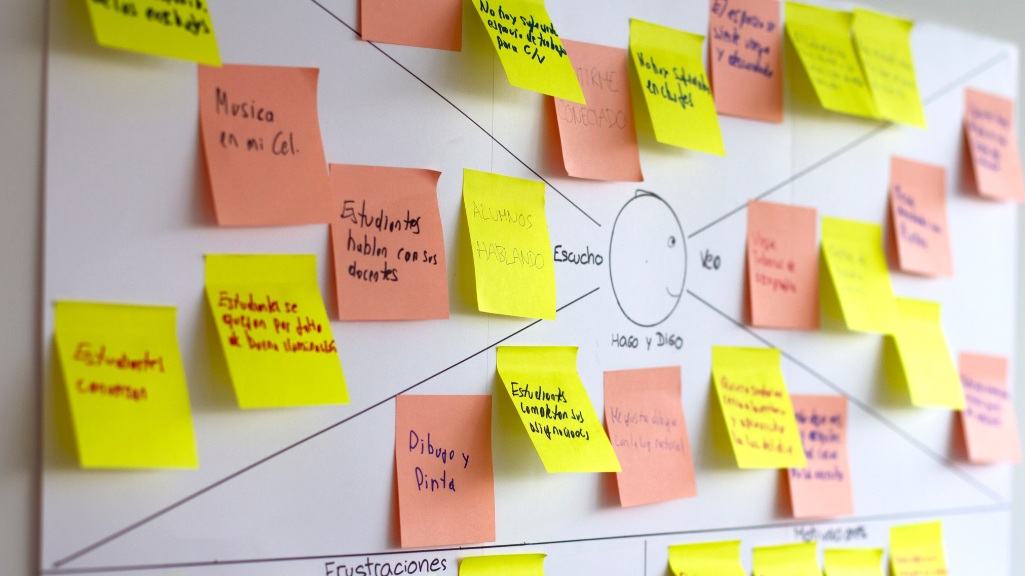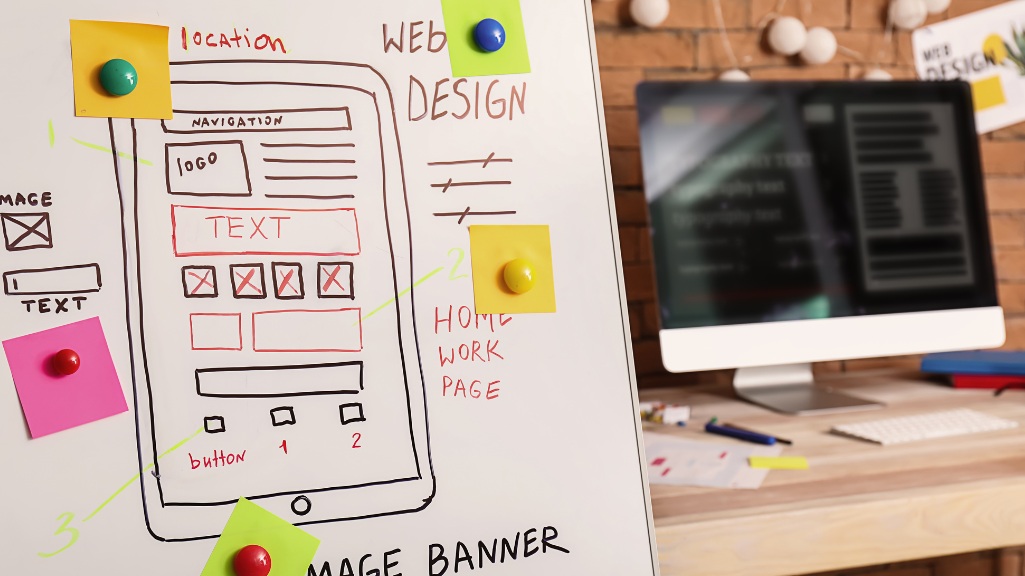Introduction
The world of UI/UX design is constantly evolving, offering exciting opportunities for those looking to pursue a career in design. If you’re an aspiring designer, it’s important to equip yourself with the right UI/UX design skills to create meaningful, user-centred products. In this blog, we’ll explore the essential skills every UI/UX designer should master to excel in this dynamic field and make an impact in the design world
Understanding User Research:

At the core of effective UI/UX design is understanding your users. This involves conducting thorough user research to uncover the needs, behaviours, and pain points of your audience. Successful UI/UX designers apply user-centred design principles, using tools like user journey mapping to ensure every design decision enhances the user experience. The ability to empathise with users and translate their needs into intuitive designs is what sets great designers apart.
Wireframing and Prototyping Skills:

Once you have gathered user insights, the next step is translating ideas into clear visual concepts. Wireframing and prototyping are vital steps in the design process that help you map out visual design elements and ensure effective user interactions. Using prototyping tools, you can bring your ideas to life, test their functionality, and validate ideas before moving into the development stage. These skills ensure that your designs not only look good but also work seamlessly.
Proficiency in Design Tools:

To bring your ideas to life, you need to be proficient with industry-standard design software. Tools like Figma, Sketch, and Adobe XD allow you to create wireframes and prototypes, enabling you to design everything from rough layouts to polished, high-fidelity designs. Mastering these design tools will not only streamline your workflow but also enable you to communicate your ideas effectively to clients and developers.
Interaction Design:

Crafting an engaging user experience goes beyond visual design—it’s about how users interact with the product. Interaction design focuses on creating intuitive and seamless user flows that enhance user engagement. By applying interaction design principles, you can design intuitive interfaces that guide users effortlessly through the product, ensuring they enjoy a smooth and satisfying experience from start to finish.
Visual Design Principles:

A well-designed interface doesn’t just function well—it looks good too. Having a strong grasp of visual design principles, including colour theory, typography, and layout composition, is crucial for creating aesthetically pleasing interfaces. These elements contribute to a cohesive user experience that is both visually appealing and functionally sound, allowing your design to stand out while serving its purpose.
Usability Testing Techniques:

No design is complete without testing how real users interact with it. Usability testing helps identify areas where your design might need improvement by observing user behaviour and gathering feedback. Tools like A/B testing and remote testing can provide insights into user satisfaction and the overall user-friendliness of your design. By understanding and improving on these aspects, you can ensure that your final product meets user needs effectively.
One of the most critical approaches in UI/UX design is the Design Thinking process. This human-centred methodology focuses on solving complex problems by understanding user needs, brainstorming creative solutions, and testing prototypes.
The Design Thinking process typically follows five key stages:
- Empathise – Understand the user’s needs through research.
- Define – Clearly articulate the user’s problem.
- Ideate – Generate creative ideas to solve the problem.
- Prototype – Develop low-fidelity versions of the solution.
- Test – Use feedback to refine the prototype until the best solution is achieved.
Collaboration and Communication Skills:

UI/UX design is rarely done in isolation. Successful designers excel at collaboration and have strong communication skills. Working alongside developers, product managers, and other stakeholders, you’ll need to convey your design ideas clearly to ensure the desired project outcomes. Effective collaboration in cross-functional teams is essential for turning your designs into a fully realised product that meets business goals.
Staying Updated with Industry Trends:

UI/UX design is a fast-moving industry, and staying relevant is key to long-term success. Keeping up with the latest industry trends, learning new design methodologies, and participating in design blogs, workshops, or webinars ensures that your skills remain sharp. Being adaptable and open to new ideas allows you to stay ahead of the curve and bring fresh, innovative designs to your projects.
Critical Thinking and Problem-Solving:

Designers are, at their core, problem-solvers. Each project presents unique challenges that require critical thinking and creative problem-solving skills. Whether you’re tackling design challenges or responding to user feedback, your ability to think strategically and come up with effective solutions will determine the success of your design. The best UI/UX designers are those who can approach problems from multiple angles and find the best possible solution for the user.
Creating a Design Portfolio:

Your design portfolio is your showcase of the skills, creativity, and problem-solving abilities that you bring to the table. A strong portfolio can open doors to job applications and client pitches, helping you highlight your designer skills and prove your ability to deliver results. Including real-world examples of how you’ve solved design problems will make your portfolio stand out and demonstrate the value you can bring to any project.
Conclusion:
Becoming a successful UI/UX designer involves mastering a diverse range of skills, from user research to visual design, and staying on top of industry trends in a rapidly evolving digital landscape. The field blends technology, innovation, and artistry, making it ideal for those who love problem-solving and creating user-friendly solutions. For example, brands like Airbnb revolutionised their platform by focusing on user journey mapping, turning their website into an intuitive experience that feels personalised. Similarly, Spotify’s seamless user interface, built on thorough user research and iterative design, has helped them become a global leader in music streaming. As the demand for talented UI/UX designers grows, there has never been a better time to dive into this exciting field.
Whether you’re a fresher or someone looking for a career change, UI/UX design is one of the most rewarding fields today, offering endless opportunities to make an impact. Dreamzone offers a comprehensive UI/UX design course to help you master the essential skills and excel in this exciting field. It’s a dynamic and creative career choice that combines technology with artistry. For more details, visit Dreamzone’s website today!






